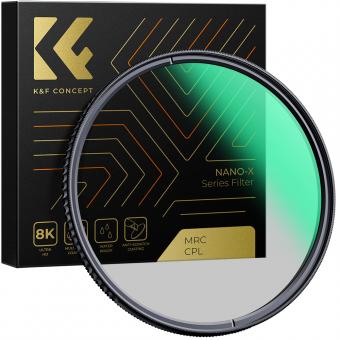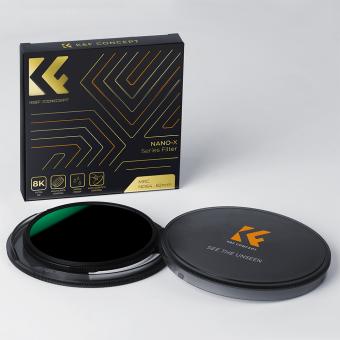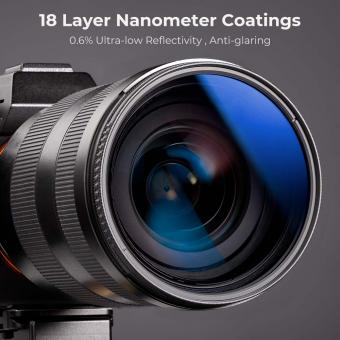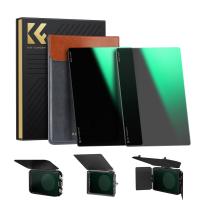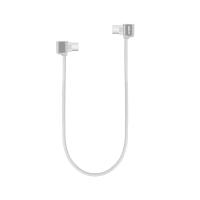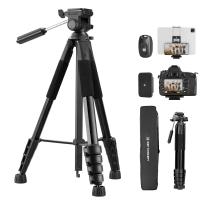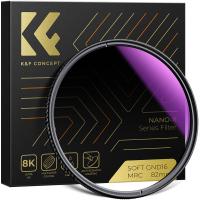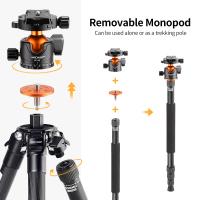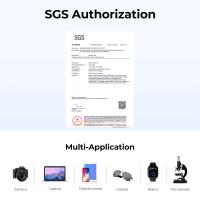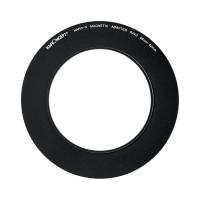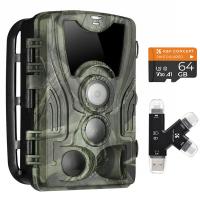How To Angle The First Polarizing Filter ?
To angle the first polarizing filter, you need to rotate it until it is perpendicular to the light source. This will block out all light waves that are not vibrating in the same plane as the filter. The angle at which the filter is rotated will determine the amount of light that is allowed to pass through. If the filter is rotated at a 90-degree angle, no light will pass through. If it is rotated at a 45-degree angle, half of the light will pass through. The angle can be adjusted to achieve the desired level of polarization.
1、 Polarization and Light Waves
To angle the first polarizing filter in the context of polarization and light waves, one must first understand the concept of polarization. Polarization refers to the orientation of the electric field vector of a light wave. When light waves are unpolarized, the electric field vector can be oriented in any direction perpendicular to the direction of propagation. However, when light waves are polarized, the electric field vector is restricted to a specific orientation.
The first polarizing filter is used to polarize the light waves. It is typically a sheet of material that contains long, thin molecules that are aligned in a specific direction. When unpolarized light passes through the filter, only the electric field vectors that are oriented in the same direction as the aligned molecules can pass through. The rest of the electric field vectors are absorbed or reflected.
To angle the first polarizing filter, one can rotate it around its axis. The angle at which the filter is rotated will determine the orientation of the electric field vectors that can pass through. For example, if the filter is rotated so that its aligned molecules are perpendicular to the direction of propagation, only electric field vectors that are parallel to the direction of propagation can pass through.
It is important to note that the angle of the first polarizing filter can affect the intensity of the light that passes through. When the filter is oriented at an angle that allows some of the electric field vectors to pass through, the intensity of the light will be reduced. This is because only a portion of the light is able to pass through the filter.
In recent years, there has been a growing interest in the use of polarizing filters in various applications, including photography, microscopy, and telecommunications. Researchers are exploring new materials and techniques for creating polarizing filters that are more efficient and versatile. For example, some researchers are developing polarizing filters that can be tuned to different wavelengths of light, allowing for more precise control over the polarization of light waves.
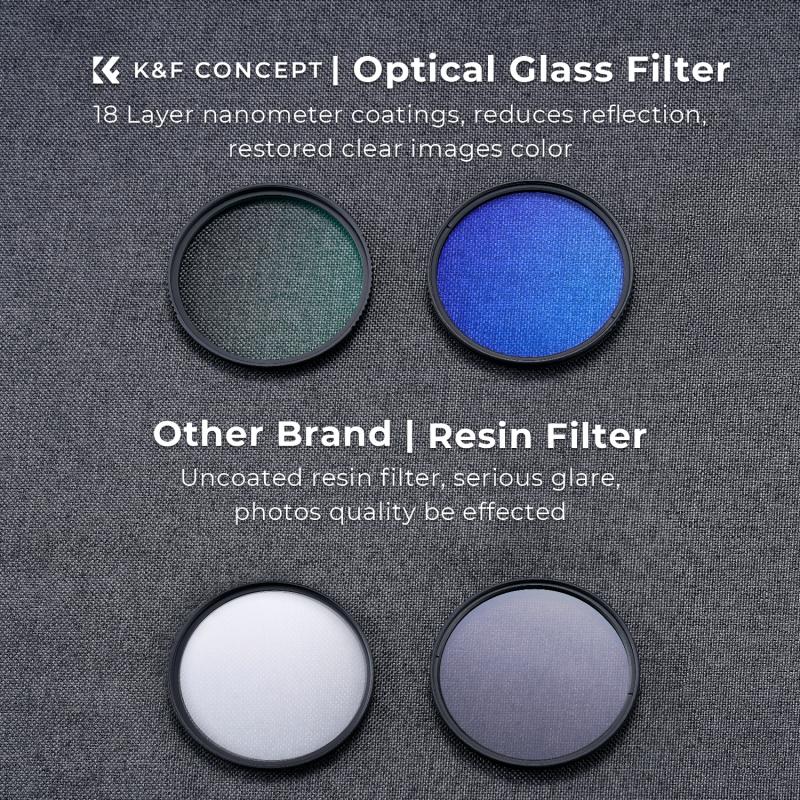
2、 Properties of Polarizing Filters
To angle the first polarizing filter, you need to understand the basic principle of polarizing filters. Polarizing filters are designed to block certain polarizations of light waves while allowing others to pass through. The first polarizing filter is usually placed in front of the light source or the camera lens, and its orientation determines the direction of polarization that will be allowed to pass through.
To angle the first polarizing filter, you need to rotate it until it is perpendicular to the direction of the light waves that you want to block. This will ensure that only the polarizations that are perpendicular to the filter will be allowed to pass through. The angle of the filter can be adjusted by rotating it on its axis until the desired polarization is achieved.
It is important to note that the angle of the first polarizing filter will affect the effectiveness of the second polarizing filter. If the first filter is not properly aligned, it may not block all of the unwanted polarizations, which can result in a loss of contrast and color saturation in the final image.
Recent advancements in polarizing filter technology have led to the development of circular polarizing filters, which are designed to eliminate the need for precise alignment of the filters. These filters use a special construction that allows them to rotate freely without affecting the polarization of the light waves. This makes them much easier to use and more effective in a wider range of situations.
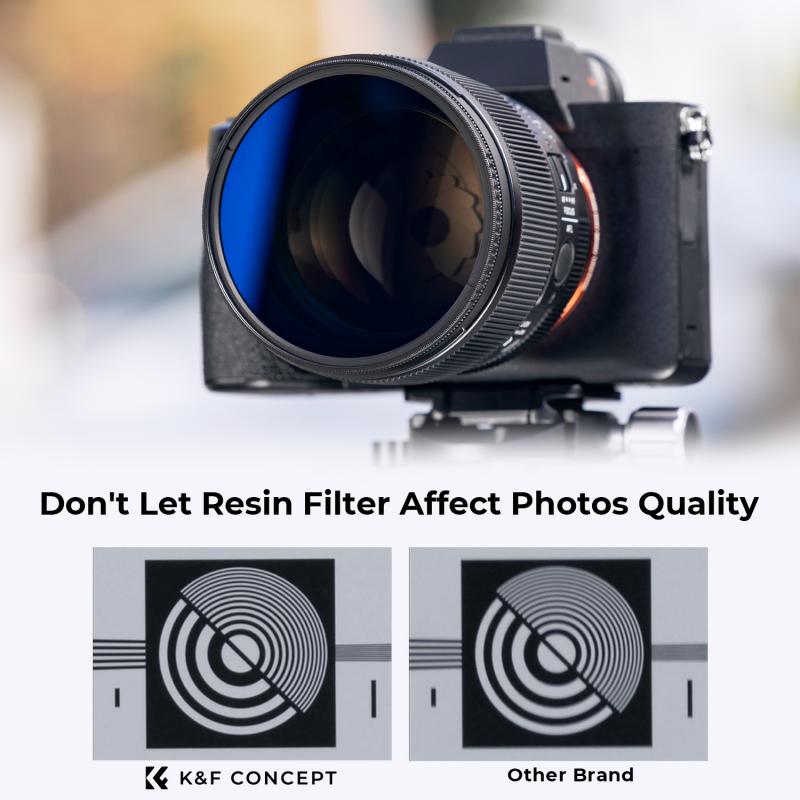
3、 Techniques for Angling Polarizing Filters
To angle the first polarizing filter, there are a few techniques that can be used. The first technique is to rotate the filter until the desired effect is achieved. This can be done by looking through the viewfinder or LCD screen of the camera and rotating the filter until the desired effect is achieved. Another technique is to use a polarizing filter holder, which allows the filter to be rotated independently of the lens. This can be useful when using multiple filters or when the lens is too large for the filter to be attached directly.
It is important to note that the angle of the first polarizing filter will affect the final image. When the filter is rotated at a 90-degree angle to the light source, it will block all polarized light, resulting in a dark image. When the filter is rotated at a 0-degree angle to the light source, it will allow all polarized light to pass through, resulting in no effect.
It is also important to consider the angle of the second polarizing filter when using two filters. The second filter should be rotated at a 90-degree angle to the first filter to achieve the maximum effect.
In recent years, there has been some debate about the use of polarizing filters in digital photography. Some photographers argue that the use of polarizing filters can result in unnatural-looking images, while others believe that they are an essential tool for achieving the desired effect. Ultimately, the decision to use a polarizing filter and how to angle it will depend on the photographer's personal style and the specific situation.
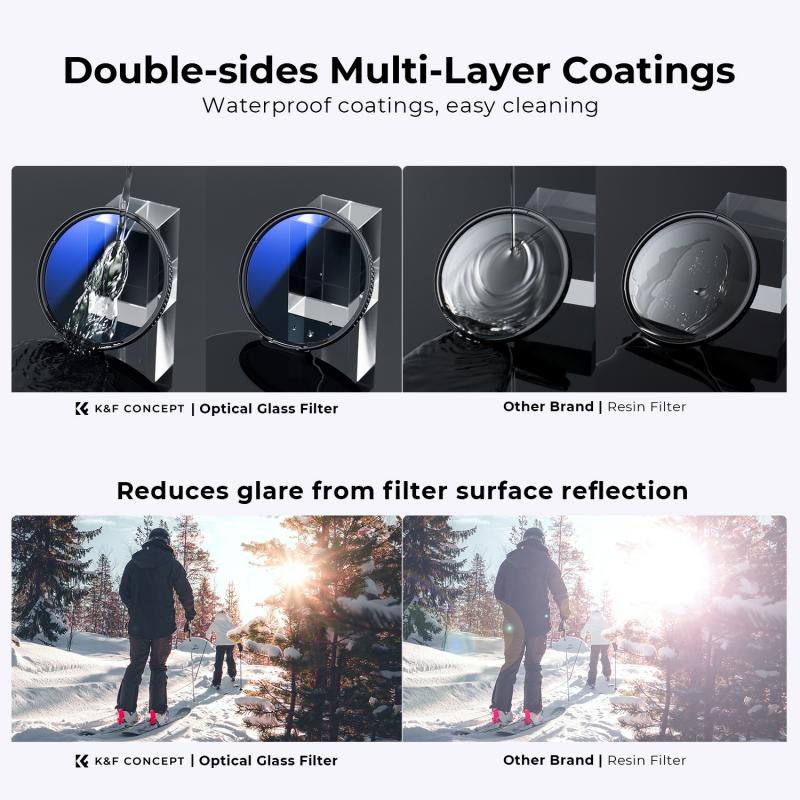
4、 Applications of Polarizing Filters
To angle the first polarizing filter in an application, it is important to understand the concept of polarization. Polarization refers to the orientation of the electric field in a light wave. Polarizing filters are used to block or allow certain orientations of the electric field to pass through, resulting in the selective transmission of light.
To angle the first polarizing filter, it should be rotated until it is perpendicular to the light source. This will ensure that only light waves with a certain orientation of the electric field will pass through the filter. The angle of the filter can be adjusted to control the amount of light that is transmitted.
In recent years, polarizing filters have found a wide range of applications in various fields such as photography, microscopy, and LCD displays. Polarizing filters are used in photography to reduce glare and reflections, enhance color saturation, and improve contrast. In microscopy, polarizing filters are used to study the properties of materials such as crystals and fibers. In LCD displays, polarizing filters are used to control the orientation of the liquid crystals and to improve the viewing angle.
In conclusion, angling the first polarizing filter is an important step in using polarizing filters in various applications. The latest point of view is that polarizing filters have become an essential tool in many fields, and their applications continue to expand as new technologies emerge.



